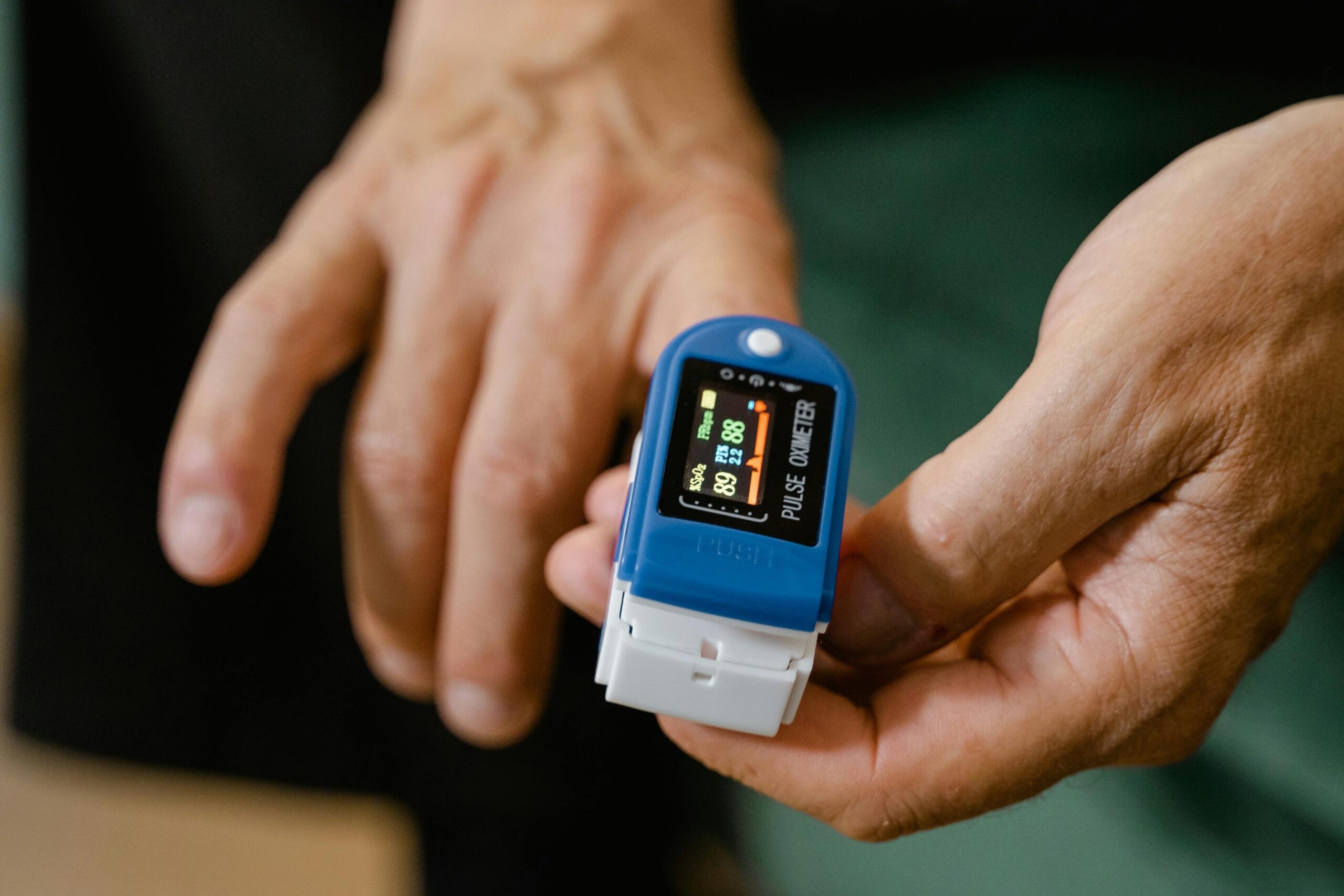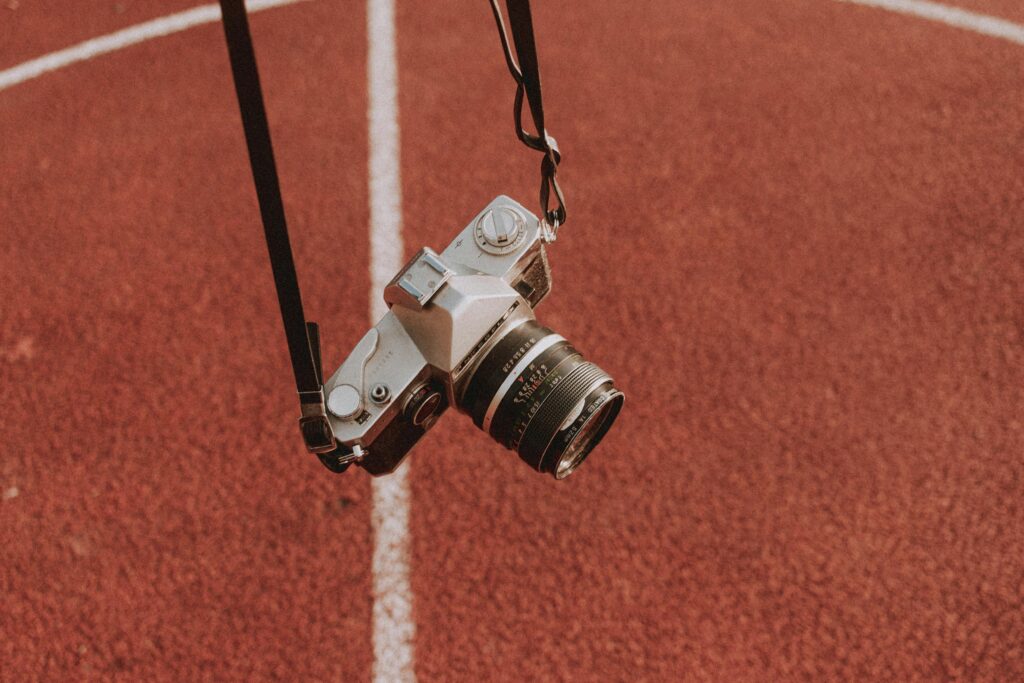Ever wondered why your fancy monitoring kill switch misfires when you least expect it? “Oh, just a random glitch,” you mutter while frantically restarting the system. But here’s the truth: poor sensor accuracy could be the real villain in this tech drama.
In this post, we’ll deep-dive into *Sensor Accuracy Checks*, breaking down what they are, why they’re critical, and how you can implement them step-by-step to make your monitoring systems smarter. You’ll also get pro tips, examples, and some brutally honest advice along the way. Let’s go!
Table of Contents
- Key Takeaways
- The Problem With Sensor Inaccuracy
- Step-by-Step Guide to Sensor Accuracy Checks
- Best Practices for Sensor Maintenance
- Real-World Examples
- FAQs About Sensor Accuracy Checks
Key Takeaways
- Sensor accuracy is the backbone of any reliable monitoring kill switch.
- Ignoring regular calibration leads to costly downtime and safety risks.
- A structured process ensures maximum precision without blowing up your budget.
- Tech quirks aside, even simple tools can save the day if used correctly.
What’s the Deal With Sensor Inaccuracy?
I’ll confess—I once debugged a factory line shutdown caused by an out-of-whack humidity sensor. Picture this: machines halting mid-operation, operators swearing under their breath, and me Googling “how to recalibrate sensors in 5 minutes flat.” Spoiler alert: It wasn’t fun.
This isn’t just about pesky gadgets; inaccurate sensors jeopardize everything from data integrity to workplace safety. And let’s not forget—time equals money. Every millisecond lost due to faulty readings translates directly into profit drain.

The Bigger Picture
Think of sensors as detectives solving mysteries. If they miss clues or report false evidence, chaos ensues. Monitoring kill switches rely heavily on these “detectives” to act fast during anomalies. But if their judgment’s skewed? Boom—you’ve got yourself a disaster waiting to happen.
How To Master Sensor Accuracy Checks (Step-by-Step)
Optimist You: Just follow these steps, and voilà—accurate sensors!
Grumpy Me: Ugh, yeah, sure. Fine—but coffee first. Let’s roll.
Step 1: Define Acceptable Tolerance Levels
Before touching anything, determine acceptable deviation ranges. For example, ±0.5% might suffice for temperature sensors but sounds like nails on a chalkboard for industrial applications demanding higher precision.
Step 2: Run Preliminary Tests
Leverage diagnostic tools to assess baseline performance. This phase feels like hearing static before tuning into clear radio signals—it sets expectations.
Step 3: Perform Calibration
Use standardized reference points (e.g., known temperatures) to calibrate sensors. Think of this as resetting a Tamagotchi to keep it alive. Trust me, skipping this step? Chef’s kiss of failure.
Step 4: Validate Against Real-World Scenarios
Simulate actual operating conditions to ensure sensors behave consistently. Sure, it sounds tedious—but hey, better safe than sorry.
Pro Tips for Keeping Sensors Happy
Here’s the lowdown on keeping those sensors sharp:
- Cleanliness Matters: Dust buildup = ticking time bomb. Regularly clean sensors to avoid interference.
- Upgrade When Necessary: Clinging onto outdated gear? Yeah, that’s asking for trouble.
- Document Everything: Keep logs of tests and adjustments. Your future self will thank you.
Terrible Tip: Some people suggest ignoring minor fluctuations. Newsflash: small errors snowball over time. Don’t do it.
When Sensor Accuracy Saves the Day
Ponder this scenario: A hospital ICU relies on oxygen sensors tied to emergency kill switches. One inaccurate reading triggers panic—and possibly life-threatening delays. This isn’t fiction; hospitals worldwide face similar challenges daily.
Now imagine a manufacturing plant avoiding catastrophe thanks to meticulously checked pressure sensors. These stories prove one thing loud and clear: accuracy equals peace of mind.
Frequently Asked Questions
Why Are Sensor Accuracy Checks Important?
They prevent malfunctions, reduce risks, and improve overall operational efficiency.
How Often Should I Check My Sensors?
Depends on usage frequency and environmental factors. Monthly checks are common industry practice.
Can I Do Sensor Calibration Alone?
Yes, but invest in proper tools and training. Otherwise, calling a pro saves headaches.
Conclusion
We’ve covered the nitty-gritty of Sensor Accuracy Checks—from identifying problems to mastering best practices. Remember, precision matters more than ever in Miscellaneous Tech domains like monitoring kill switches. So next time you think about cutting corners, remember my epic humidity sensor fiasco. Learn from my mistakes!
Oh, and lastly—like Pac-Man chasing dots, your SEO strategy needs constant nurturing. Stay sharp, friend.
*Random Haiku Time:*
Sensor hums softly,
Data flows true and steady,
Peace reigns o’er the grid.*


